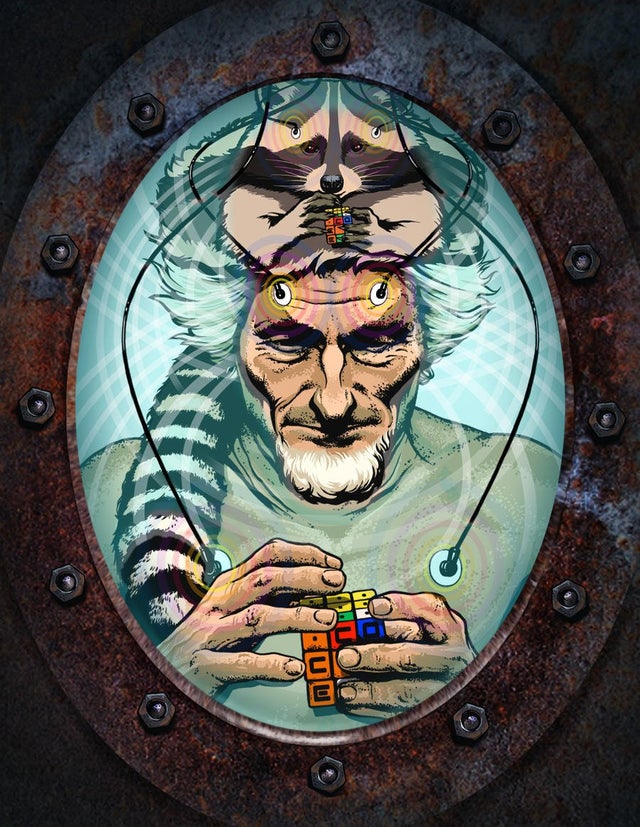A great way to learn the basics. It’ll be old, but that’s ok. It’s going to cover all the shell basics and then more. It’s still going to be useful, it’ll cost you pennies, you’ll be able to dip into it when you want, and you’ll be giving to a good cause.
FFS! Yeah, right. Let’s all learn about init.d , Xfree86.conf, samba, and how to recompile a kernel using curses.
Yeah, those old books were out of date when they came out.
OK Boomer.
Counterpoint: everything one needs to learn Linux is online.
Physical books are great. Internet goes out or other devices die and you need to complete work. These are reasons I like to have book references.
Also, one of my favorite things to do when reading is writing in my margins. When I figure something out or find something interesting I like to write it in my own words in the margins, and then if I have to reference again, I have my own words and explanation in the margins to help myself understand faster and better.
I also like to add sticky notes for the same purpose.
Find an online guide. Print to PDF or save as HTML/ODF/whatever you like. Annotate the document. Now notes and article are searchable. I guess a physical book might have an advantage if the power went out, but at that point you’re going to have other problems implementing the things the book suggests.
Because the GUI may change, but bash goes on forever. 😉
(Seriously, if you need a
sedprimer or something, an old copy of O’Reilly’s Linux in a Nutshell is a decent resource.)Exactly! The old books cover the terminal commands really well and almost everything will still apply. If you read it cover to cover, you’re going to end up knowing more commands than most daily users of Linux and it’d help you with any networking / IT courses you intend to study.
Really nostalgic about the times when you were taught computer stuff in physical books. The only ones I have nowadays in physical format is Code Complete and Clean Code…
I have an old Fedora book which still has a Fedora 15 disk in it! Helped me realize on old PC’s to burn the ISO onto a DVD for installation instead of finding a work around for not having a USB boot option in the BIOS.
Buy a second hand linux book you say.

I remember spend hours learning Novell networks for the CNE exam. With 18 months of me qualifying, most people had gone to NT . That’s when I quit networking and became a project manager




